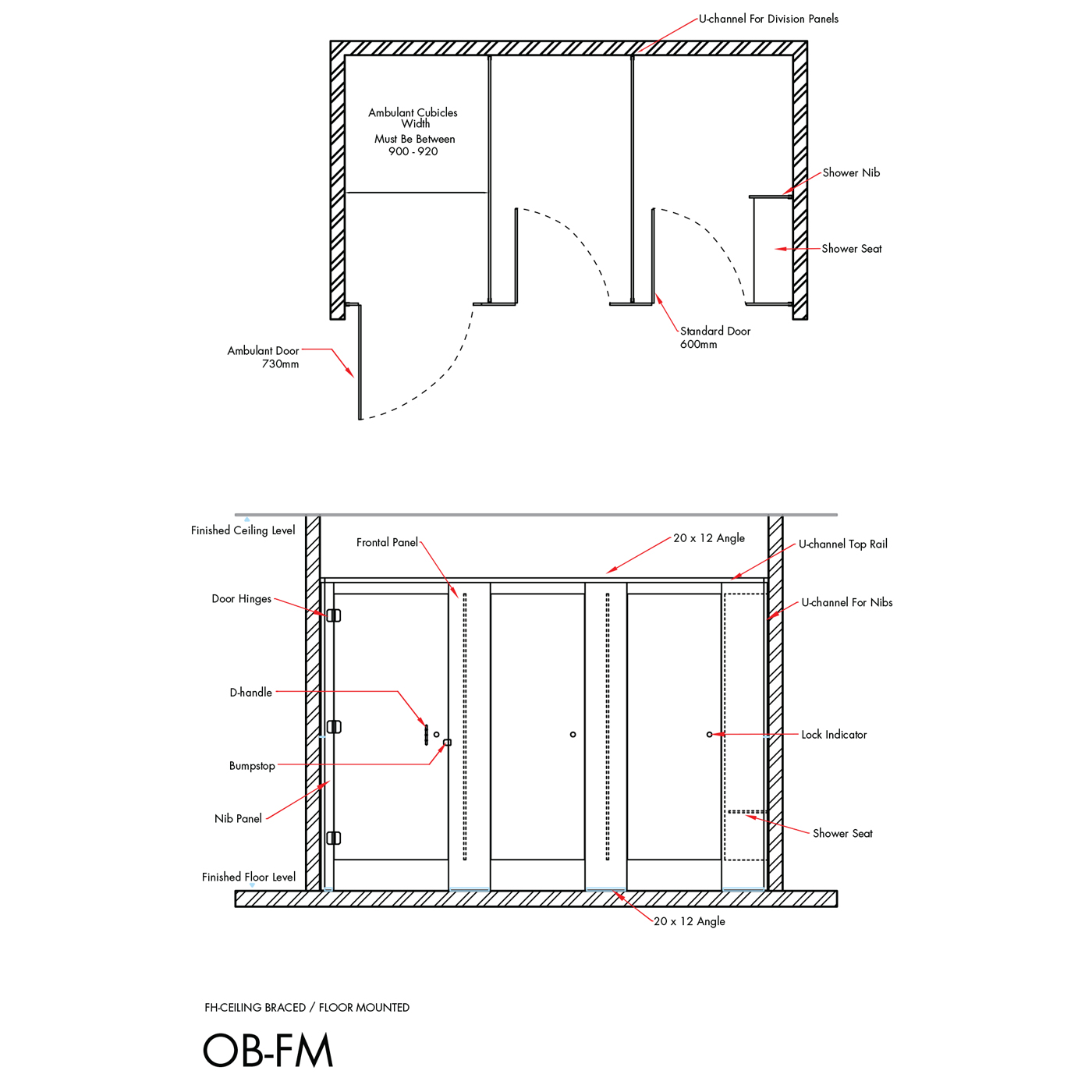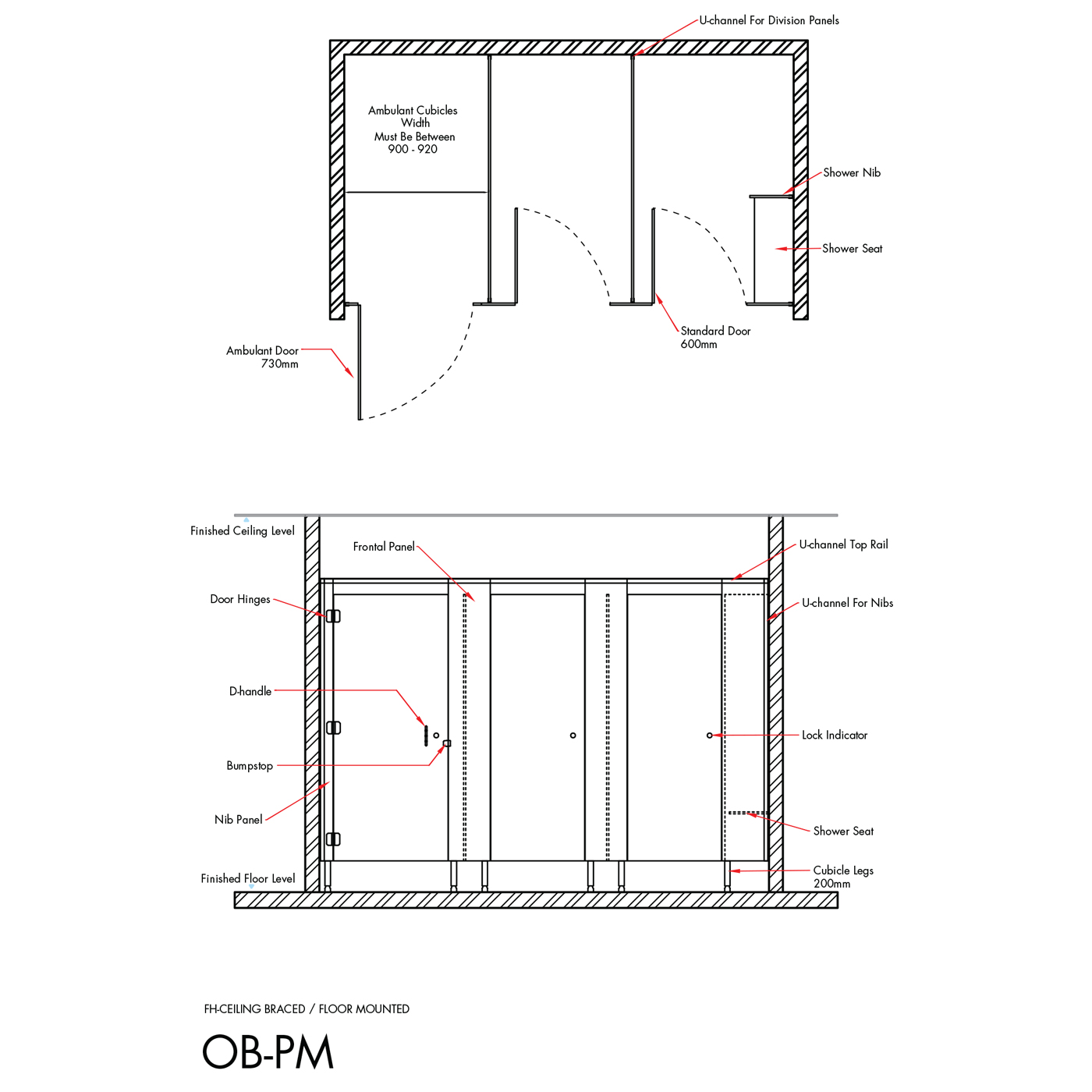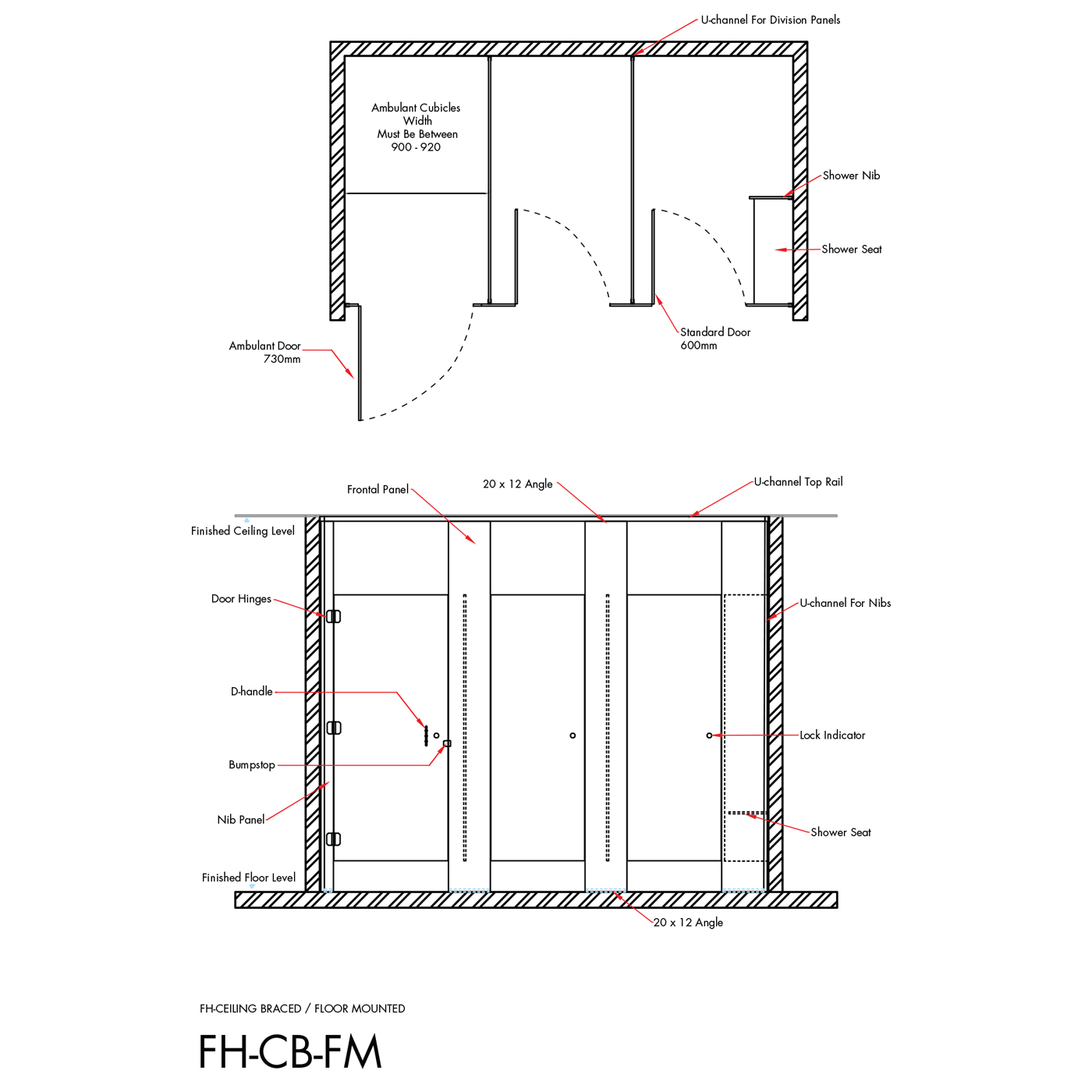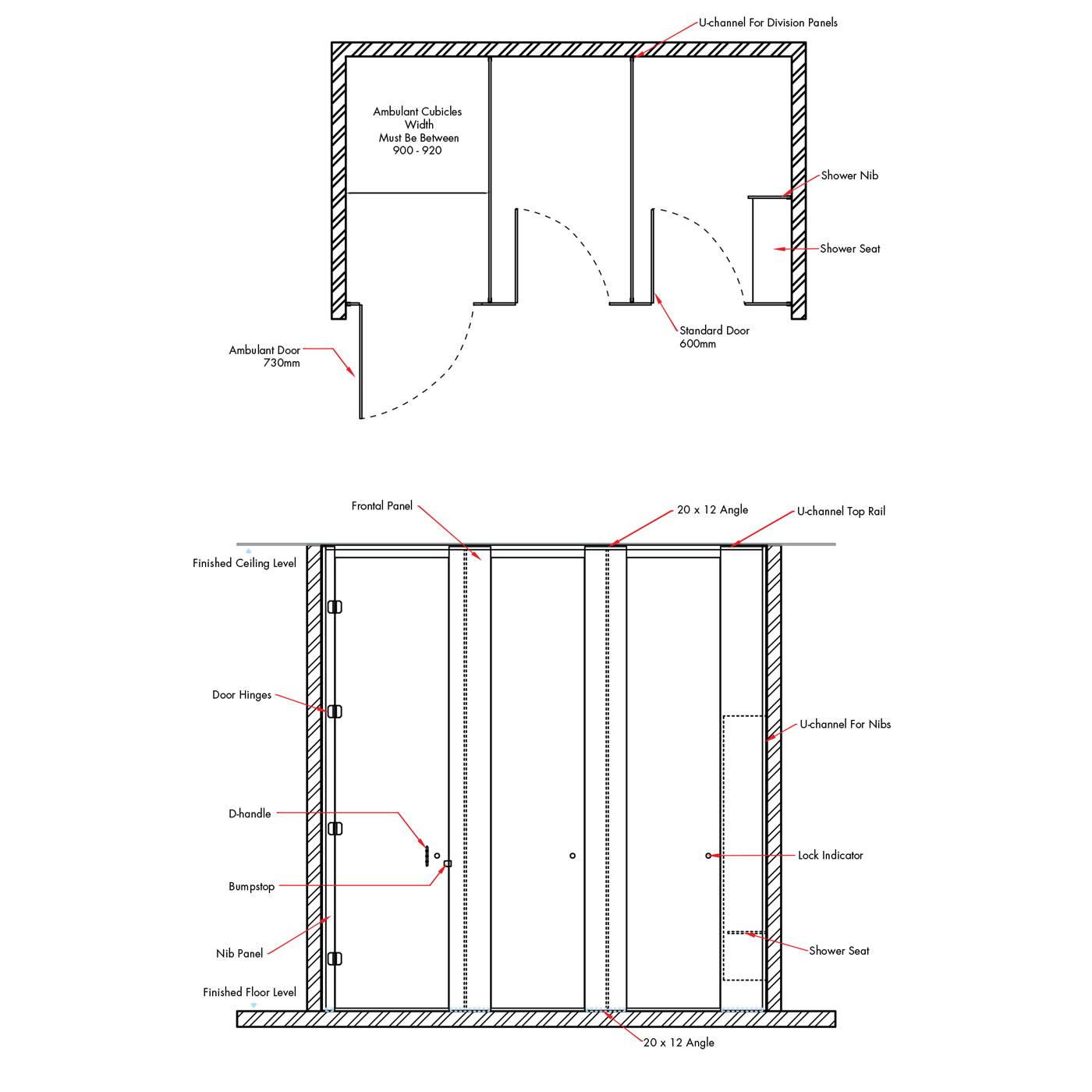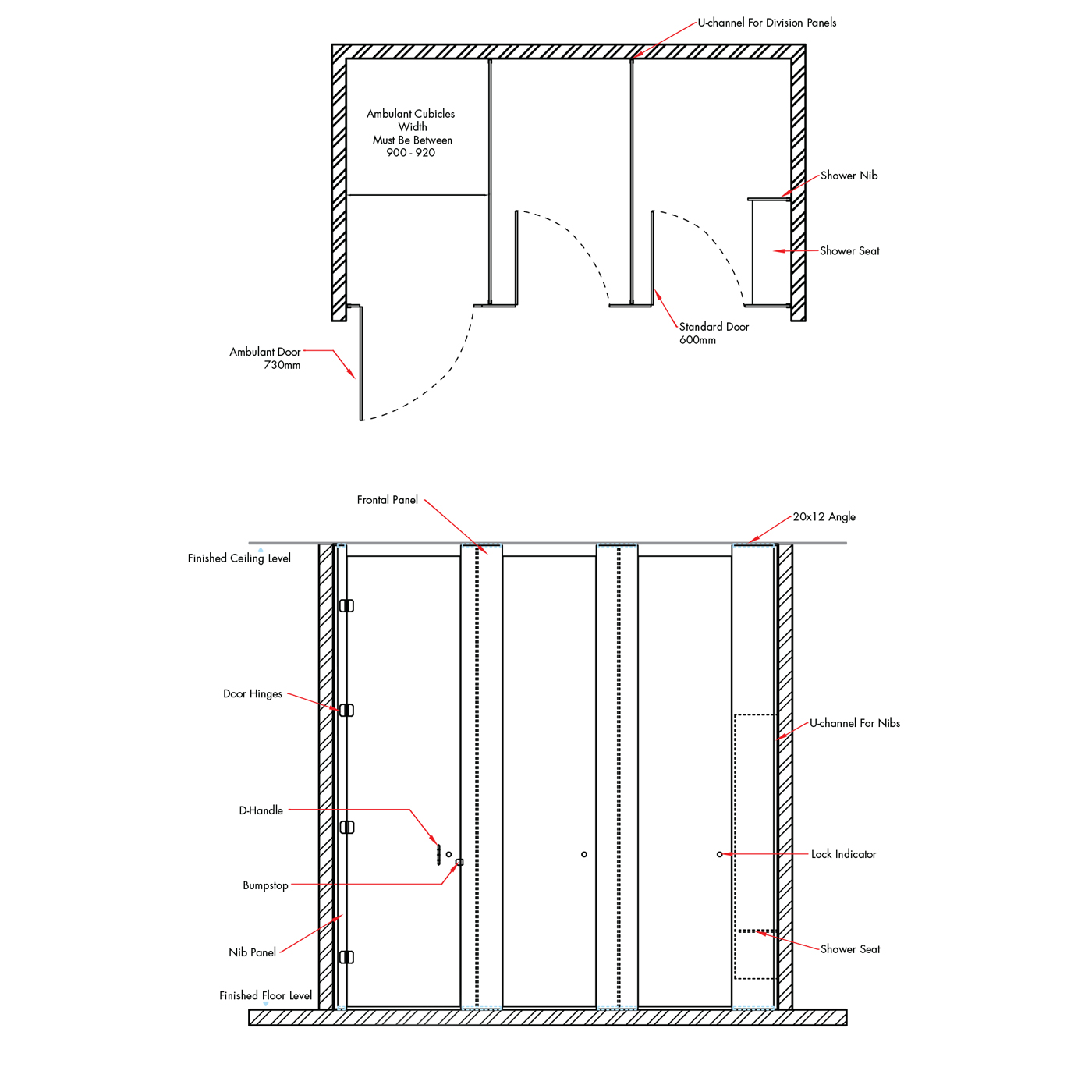
It’s important to know that sober living houses are not treatment centers. The staff doesn’t provide any clinical or medical services, but many residents attend outpatient treatment or participate in recovery-based groups while they live there. For those who don’t suffer from any type of substance abuse or alcohol issues, it is no surprise that the term “sober housing” is unfamiliar.
- Vanderburgh House sees a world where every person in recovery has access to a supportive, healthy, and safe home environment built on respect, focused on recovery, and lead by peers.
- The same method is applied to obtain the drug status of the network member; the amount of contact is multiplied by the pattern of drug use and averaged across network members.
- In their view, random assignment of participants to conditions was often appropriate for medication studies but often inappropriately applied when used to study residential services for recovery from addiction.
- Call today and find out how sober living housing may benefit your recovery journey.
What Is A Sober Living House?
However, some houses will allow other types of activities that can substitute for 12 step groups, provided they constitute a strategy for maintaining ongoing abstinence. Once you’re finished a clinical treatment program, it can be hard for many people to move right back into life, with all its responsibilities and potential triggers. You’re free to work or go to school while also being held accountable for your recovery. Living with others that are successful, demonstrates to them that it is possible and helps them reach that point.
- In some cases, sober living homes will contract with licensed drug rehabilitation centers and therapists as a means for providing an even greater level of care.
- While sober living houses have research touting their efficacy, it is also important to remember that they are still environments where you are living with others and the focus is on staying sober.
- Sober living facilities are often thought of as a sober person’s pipeline to life in mainstream society.
- We also describe plans to conduct studies of resident subgroups, such as individuals referred from the criminal justice system.
Factors that Predicted Outcome
Halfway houses fall under the umbrella term “sober living home,” as both terms refer to residences where people in recovery stay before going back to living on their own, says Dr. Kennedy. An individual may stay at an SLH as long as they desire, although the National Institute on Drug Abuse recommends first spending no fewer than 90 days in an addiction treatment program for best effectiveness. Read on to learn more about sober living houses, including how they function, whether one may be right for you or a loved one and how to find a reputable facility in your area. A great way to find a sober living house in your area is first to explore your network. Not all sober living homes are equal, so finding a place that an acquaintance has recommended could be helpful.

Department of Mental Health and Addiction Services
- These are residential facilities that provide structure and support for those healing from addiction.
- Others may have relapsed after treatment and therefore feel the need for increased support for abstinence.
- For a more complete description of the study design and collection of data see Polcin et al. (2010), Polcin et al. (in press) and Polcin, Korcha, Bond, Galloway and Lapp (in press).
If you live in a recovery house, you may either have your own room or share one with a roommate. Most of the time, residents share communal spaces, like kitchens, living rooms, and backyards. Avenues NYC sober livings are comfortable, casual, safe environments where residents can forget Sober House about the stressors of the outside world and focus on their own growth. Tucked away on quiet side streets in Manhattan’s TriBeCa neighborhood, Avenues NYC’s TriBeCa sober living spaces offer a serene escape from the temptations of city life – without sacrificing the comforts of home.

Improving Outcomes for Criminal Justice Referred Residents
Lastly, halfway houses are often owned or sponsored by the state, while most sober-living houses are owned privately or by treatment facilities that want to provide continuing support for their patients. Living in a sober environment helps you develop new habits and routines, taking what you learned during drug or alcohol rehab and applying it in your daily life. Some SLHs offer intensive outpatient services, https://ecosoberhouse.com/ including on-site medical care. These homes are often staffed in shifts by psychiatric nurses and licensed clinical social workers, who provide residents with 24-hour supervision and centralized recovery care. “If there’s not a ‘perfect’ fit, you may still benefit from the structure, support and monitoring that a sober living house provides until you feel more confident in your sobriety,” says Dr. Kennedy.

Rachael Korcha
- By 18 months nearly all had left, yet improvements were for the most part maintained.
- Living in a sober environment helps you develop new habits and routines, taking what you learned during drug or alcohol rehab and applying it in your daily life.
- Maintaining sobriety can be a difficult process, however, a sober living house may provide you with the kind of structure and support you’ll need to maintain your sobriety.

